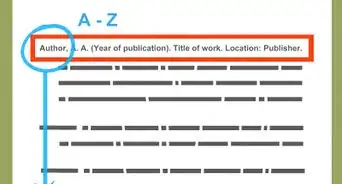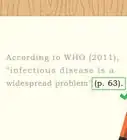This article was co-authored by wikiHow staff writer, Jennifer Mueller, JD. Jennifer Mueller is an in-house legal expert at wikiHow. Jennifer reviews, fact-checks, and evaluates wikiHow's legal content to ensure thoroughness and accuracy. She received her JD from Indiana University Maurer School of Law in 2006.
This article has been viewed 47,700 times.
Learn more...
If you're writing a research paper or report, you may need to reference government documents. Any time you mention a government document in your paper, you'll also need a citation to that document. Typically, you'll include both an in-text citation and a full citation at the end of your paper, through a bibliography or Works Cited page. The format of these citations differs depending on whether you're using the Modern Language Association (MLA), American Psychological Association (APA) or Chicago citation style.
Steps
MLA
-
1List the government and agency. The full citation entry in your Works Cited entry begins with the full name of the government and agency that produced the report. List all administrative units from largest to smallest, separated by commas. Place a period at the end of the last administrative unit.[1]
- Example: United States, Congress, House, Committee on the Judiciary.
-
2Provide the title of the document. Immediately after the name of the government and agency, type the title of the document. Use title-case, capitalizing all nouns, pronouns, verbs, and adverbs. Italicize the titles of print documents. For online government documents, place the title in quotation marks. Place a period at the end of the title. [2]
- Print example: United States, Congress, House, Committee on the Judiciary. Federal Rules of Bankruptcy Procedure, December 1, 2015.
- Online example: United States, Department of Health and Human Services, Centers for Disease Control and Prevention. "Controlling Mosquitos at Home."
Advertisement -
3Close your citation with the publisher and date of publication. For print documents, provide the name of the publisher followed by a comma. Include the year the document was published, then end with a period. For online documents, provide the name of the website where the document can be found in italics, followed by a comma. Include the specific date that the document was published, then a comma, then the direct URL or permalink for the document.[3]
- Print example: United States, Congress, House, Committee on the Judiciary. Federal Rules of Bankruptcy Procedure, December 1, 2015. Government Printing Office, 2015.
- Online example: United States, Department of Health and Human Services, Centers for Disease Control and Prevention. "Controlling Mosquitos at Home." Zika Virus, 5 May 2016, www.cdc.gov/zika/prevention/controlling-mosquitoes-at-home.html.
-
4Include all administrative units in your parenthetical in-text citation. MLA style uses the author and page number in parenthetical citations in-text. For government documents, the governmental agency is considered the author of the document.[4]
- Example: (United States, Congress, House, Committee on the Judiciary 14)
- Do not abbreviate names of countries or other administrative unit. However, abbreviate words, such as "department," that are commonly abbreviated. For example: (United States, Dept. of Health and Human Services, Centers for Disease Control and Prevention 3)
- If there are no page numbers, use explicitly numbered parts of the work, such as paragraphs or chapters, where available. If there are no numbered parts at all, simply use the name of the governmental agency by itself.[5]
APA
-
1Begin your citation with the name of the author. Your full citation begins with the last name of the individual author of the document, followed by their first initial. Separate multiple author's names with commas, using an ampersand (&) before the last author's name. If no individual author's name is provided, use the name of the government agency that produced the document as the author's name. Place a period after the name.[6]
- Individual author example: Edwards, N., Sims-Jones, N., Hotz, S., & Cushman, R.
- Government agency example: Ontario Ministry of Health.
-
2Provide the year of publication in parentheses. After the name of the author, open parentheses and type the year the document was published. Close the parentheses and place a period after the closing parentheses mark.[7]
- Example: Ontario Ministry of Health. (1994).
-
3Type the title of the document in italics. Use sentence-case when including the title of the document in your citation, capitalizing only the first word and any proper nouns in the title. Place a period at the end of the title.[8]
- Example: Ontario Ministry of Health. (1994). Selected findings from the mental health supplement of the Ontario Health Survey.
-
4List publication information for print documents. Include the location, then a colon followed by the name of the publisher. For US government documents, the publisher typically will be "Government Printing Office." The publisher or name of the government printer typically will be listed with the publication information on the document.[9]
- Example: Ontario Ministry of Health. (1994). Selected findings from the mental health supplement of the Ontario Health Survey. Ottawa, ON: Queen's Printer for Ontario.
- For government reports with individual authors, include a statement after the title that the report or document was prepared for a government agency. For example: Edwards, N., Sims-Jones, N., Hotz, S., & Cushman, R. (1997). Development and testing components of a multifaceted intervention program to reduce the incidence of smoking relapse during pregnancy and post-partum of both women and their partners. Report prepared for Health Canada at the Community Health Research Unit, University of Ottawa, Canada.
-
5Close your citation with a direct URL or permalink for online documents. If the document you are citing is only available online, simply place the URL immediately after the title of the document. If the document is available in print or elsewhere, use the phrase "Retrieved from," followed by a colon. Then copy the URL.
- Example: U.S. Government Accountability Office. (2012, June). Employment for people with disabilities: Little is known about the effectiveness of fragmented and overlapping programs. Retrieved from: http://www.gao.gov/assets/600/592074.pdf
- If the government agency that published the report is not listed as the author, include the agency's name after the words "Retrieved from." For example: Oscar-Berman, M. & Marinkovic, K. (2012). Alcoholism and the brain: An overview. Retrieved from the National Institute on Alcohol Abuse and Alcoholism, National Institutes of Health: http://pubs.niaaa.nih.gov/publications/arh27-2/125-133.htm
-
6Use the author and year for in-text parenthetical citations. When you include a quote or a paraphrase of information from the government document, include the last name of the author or the name of the government agency along with the year the document was published. Separate these elements with a comma. For direct quotes, place a comma after the year and include the page number where the quote appears after the abbreviation "p."[10]
- Paraphrase example: (Ontario Ministry of Health, 1994)
- Direct quote example: (Ontario Ministry of Health, 1994, p. 24)
- If the document does not have page numbers, use paragraph numbers after the abbreviation "para."[11]
Chicago
-
1Start with the name of the government agency or department. The government agency or department is considered the author of the document. Go from the largest administrative unit to the smallest. In your bibliographic entry, separate each unit with a period.[12]
- Example: U.S. Department of the Interior. National Park Service. Northeast Region.
-
2Provide the title of the document in italics. Use title-case, capitalizing all nouns, pronouns, verbs, and adverbs in the title. Place a period at the end of the title, unless an individual author is named.[13]
- Example: U.S. Department of the Interior. National Park Service. Northeast Region. Schoodic: Draft General Management Plan Amendment and Environmental Impact Statement.
-
3List the author's name, if provided. If an individual author's name is identified, they should be acknowledged in your citation. Place a comma after the title, type the word "by," and ad the name of the author using first name-middle initial-last name format. The author's name should not be italicized.[14]
- Example: U.S. Department of the Interior. U.S. Geological Survey. Assessment of Coal Geology, Resources, and Reserves in the Montana Powder River Basin, by Jon E. Haacke, David C. Scott, Lee M. Osmonson, James A. Luppens, Paul E. Pierce, and Jay A. Gunderson.
-
4Include any publication or report number. Many government documents have a specific report number, particularly those that are issued periodically. If you see a report or publication number listed at the top of the document, include it in your citation exactly as it appears on the document.[15]
- Example: U.S. Department of the Interior. U.S. Geological Survey. Assessment of Coal Geology, Resources, and Reserves in the Montana Powder River Basin, by Jon E. Haacke, David C. Scott, Lee M. Osmonson, James A. Luppens, Paul E. Pierce, and Jay A. Gunderson. Open-file report 2012-1113.
-
5End your citation with publication information. For print documents, provide the location of the publisher, then a colon, followed by the name of the publisher. Place a comma after the name of the publisher, then type the year the document was published. If you found the document online, use the word "Accessed" and provide the date you accessed the document, along with a direct URL where the document can be found.[16]
- Example: U.S. Department of the Interior. U.S. Geological Survey. Assessment of Coal Geology, Resources, and Reserves in the Montana Powder River Basin, by Jon E. Haacke, David C. Scott, Lee M. Osmonson, James A. Luppens, Paul E. Pierce, and Jay A. Gunderson. Open-file report 2012- 1113. Reston, Virginia, 2013. Accessed January 25, 2018. http://pubs.usgs.gov/of/2012/1113/OF12-1113.pdf.
- If the document was published by the government department or agency that you've already listed as the author, simply provide the location and the year of publication. For example: U.S. Department of the Interior. National Park Service. Northeast Region. Schoodic: Draft General Management Plan Amendment and Environmental Impact Statement. Maine, 2004. Accessed January 25, 2018. http://purl.fdlp.gov/GPO/gpo67000.
-
6Adjust punctuation for footnotes. Chicago-style footnotes include the same information as the bibliographic citation. However, separate elements in a footnote with commas rather than periods. Place the location of publication, name of the publisher, and year of publication in parentheses.[17]
- Example: U.S. Department of the Interior, U.S. Geological Survey, Assessment of Coal Geology, Resources, and Reserves in the Montana Powder River Basin, by Jon E. Haacke, David C. Scott, Lee M. Osmonson, James A. Luppens, Paul E. Pierce, and Jay A. Gunderson. Open-file report 2012- 1113, (Reston, Virginia, 2013), accessed January 25, 2018, http://pubs.usgs.gov/of/2012/1113/OF12-1113.pdf.
References
- ↑ http://irsc.libguides.com/c.php?g=483085&p=3303421
- ↑ http://irsc.libguides.com/c.php?g=483085&p=3303421
- ↑ http://irsc.libguides.com/c.php?g=483085&p=3303421
- ↑ http://irsc.libguides.com/c.php?g=483085&p=3303421
- ↑ https://libguides.williams.edu/citing/mla#s-lg-box-11358746
- ↑ http://libguides.gwumc.edu/c.php?g=27779&p=170369
- ↑ http://libguides.gwumc.edu/c.php?g=27779&p=170369
- ↑ http://libguides.gwumc.edu/c.php?g=27779&p=170369
- ↑ http://libguides.gwumc.edu/c.php?g=27779&p=170369
- ↑ http://libguides.gwumc.edu/c.php?g=27779&p=170369
- ↑ http://guides.libraries.psu.edu/apaquickguide/intext
- ↑ https://library.bowdoin.edu/research/chicago-gov.pdf
- ↑ https://library.bowdoin.edu/research/chicago-gov.pdf
- ↑ http://libguides.wvu.edu/c.php?g=418946&p=2855160
- ↑ http://libguides.wvu.edu/c.php?g=418946&p=2855160
- ↑ http://libguides.wvu.edu/c.php?g=418946&p=2855160
- ↑ https://library.bowdoin.edu/research/chicago-gov.pdf

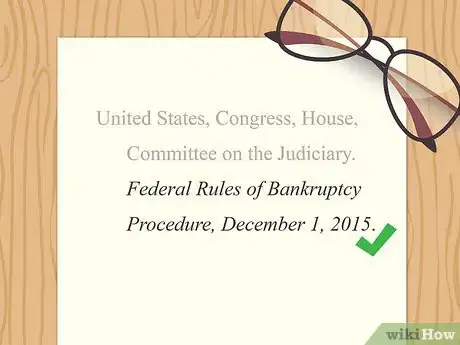



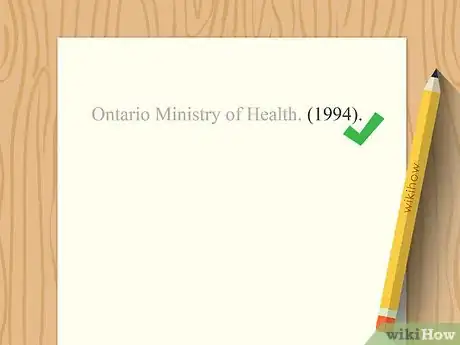
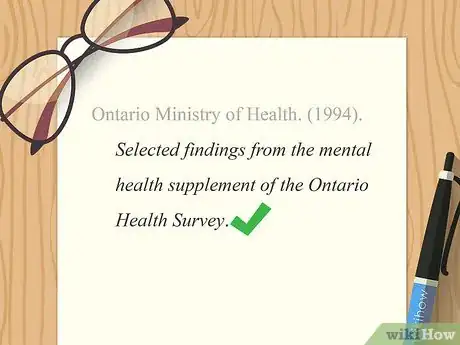
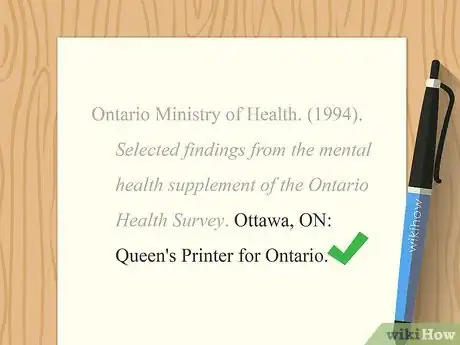
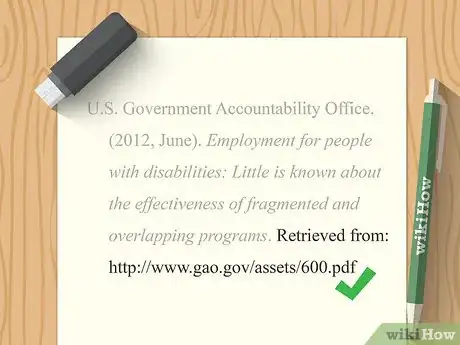
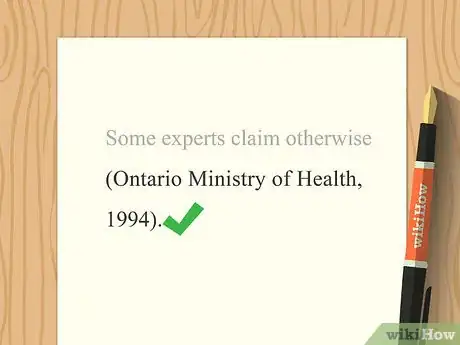
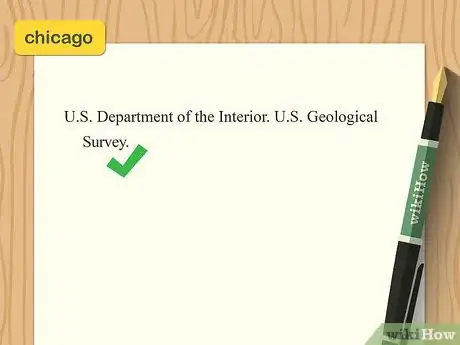
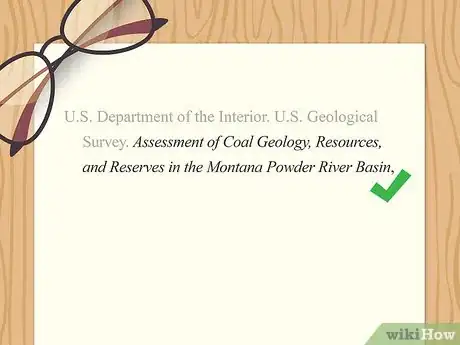
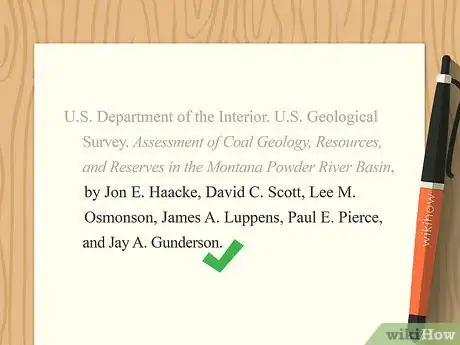

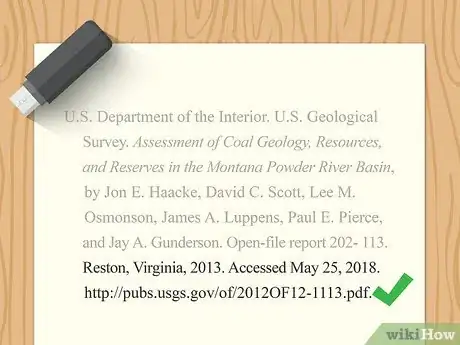



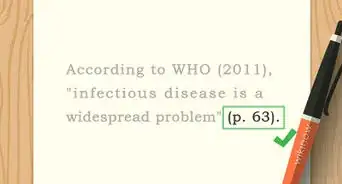

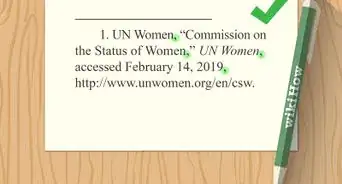



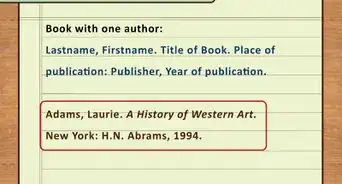


-Step-18.webp)

